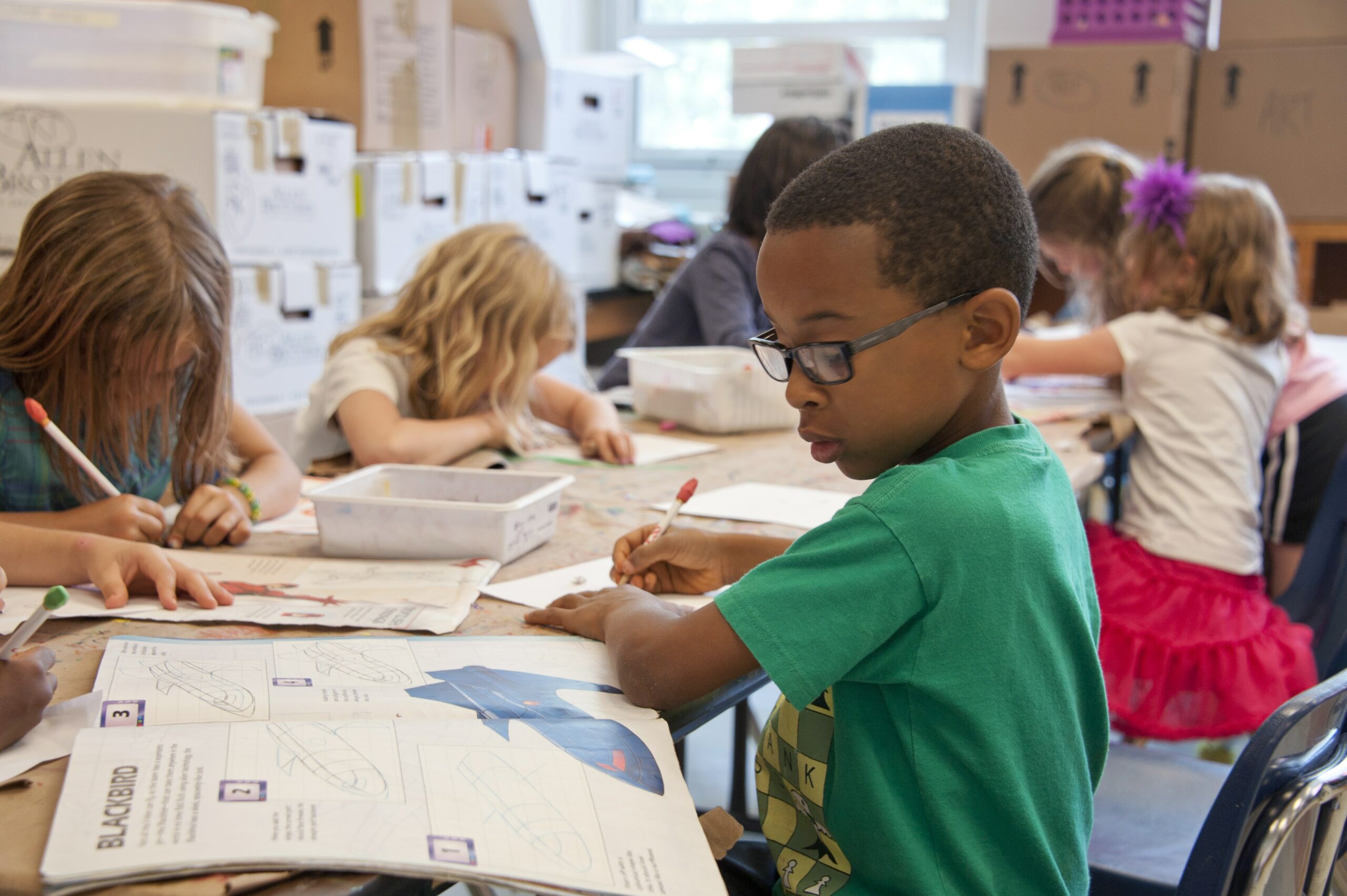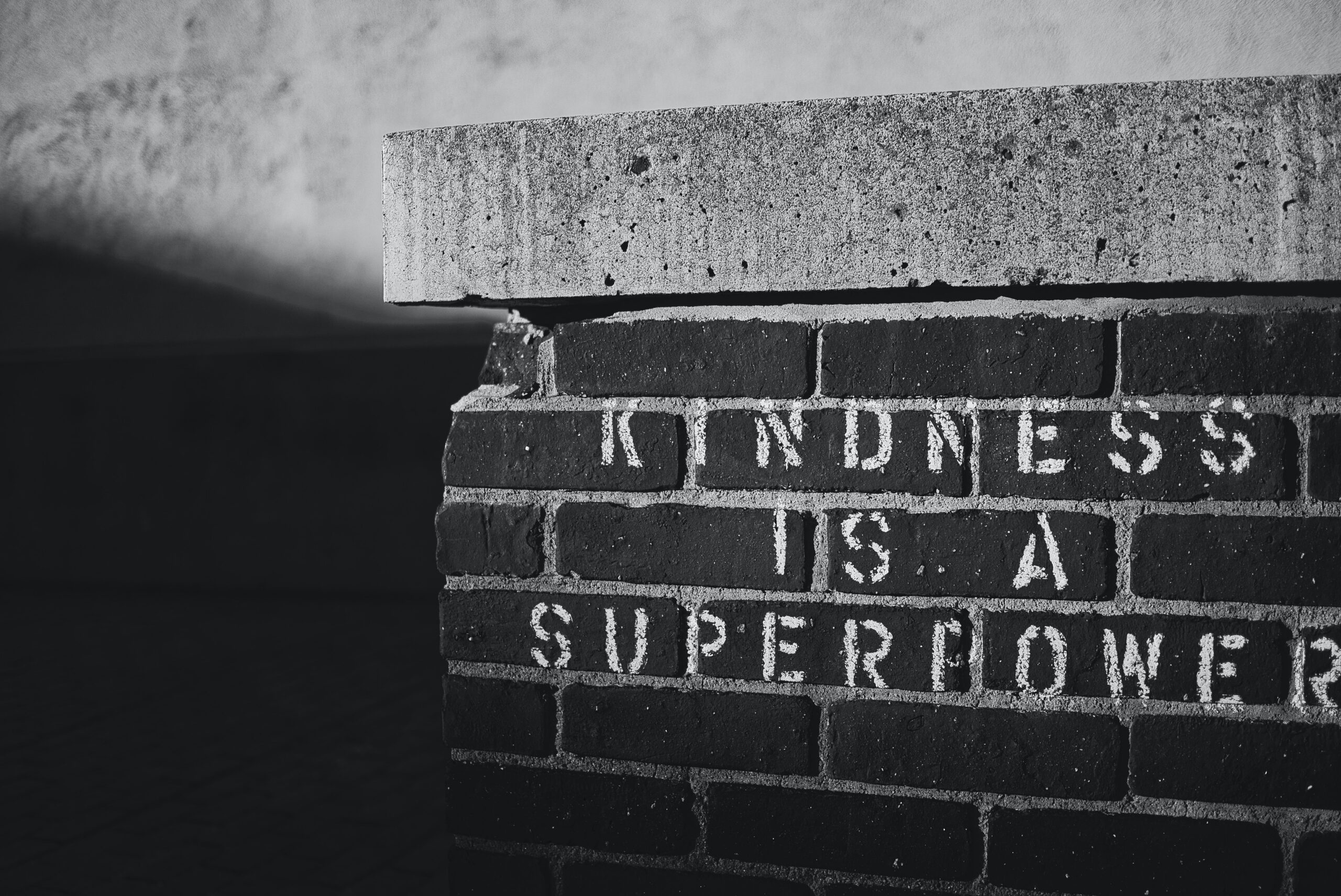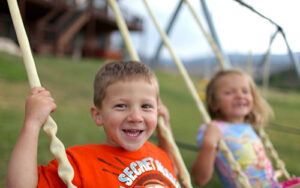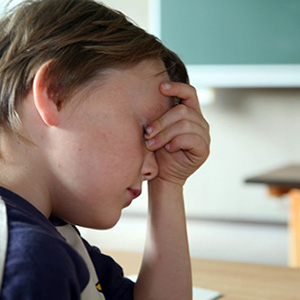
How Emotional Freedom Technique (EFT) Helps with Anxiety and Depression
In the hustle and bustle of modern life, it’s no surprise that many of us struggle with feelings of anxiety and depression. These emotional challenges

In the hustle and bustle of modern life, it’s no surprise that many of us struggle with feelings of anxiety and depression. These emotional challenges

In our fast-paced society, establishing early habits of self-care and mindfulness is essential for children, equipping them to handle future challenges and opportunities. Self-care extends

The use of artificial intelligence (AI) is becoming increasingly widespread throughout the education system, but there are mixed attitudes about whether or not it’s actually

Children are the future, and ensuring their well-being goes beyond physical health. Mental health plays a pivotal role in shaping a child’s overall development and

In the bustling world of technology and structured education, the value of imagination often takes a backseat. However, fostering a child’s imagination is not just

Stress tends to be higher during the holidays. More to do, plan, and get done before a deadline. Even if life is fun during the

Kids are back in school again and most educators are acutely aware of the potential social emotional needs of students. The past few years have

If you’re used to being self-critical, it might be difficult for you to understand what being self-compassionate is like. Self-compassion is defined as treating yourself

When we think about healing, many of us focus only on our physical bodies. In reality, there is a great deal of research showing our

We all understand that kids learn by watching their parents and other adults in their lives. If those guiding adults are kind and optimistic, then



The Imagine Project, Inc. is a 501c3 organization, we appreciate your continued support helping ki

Join our community to get the latest tips, exclusive offers, and updates straight to your inbox. Don’t miss out—subscribe now and be the first to know!